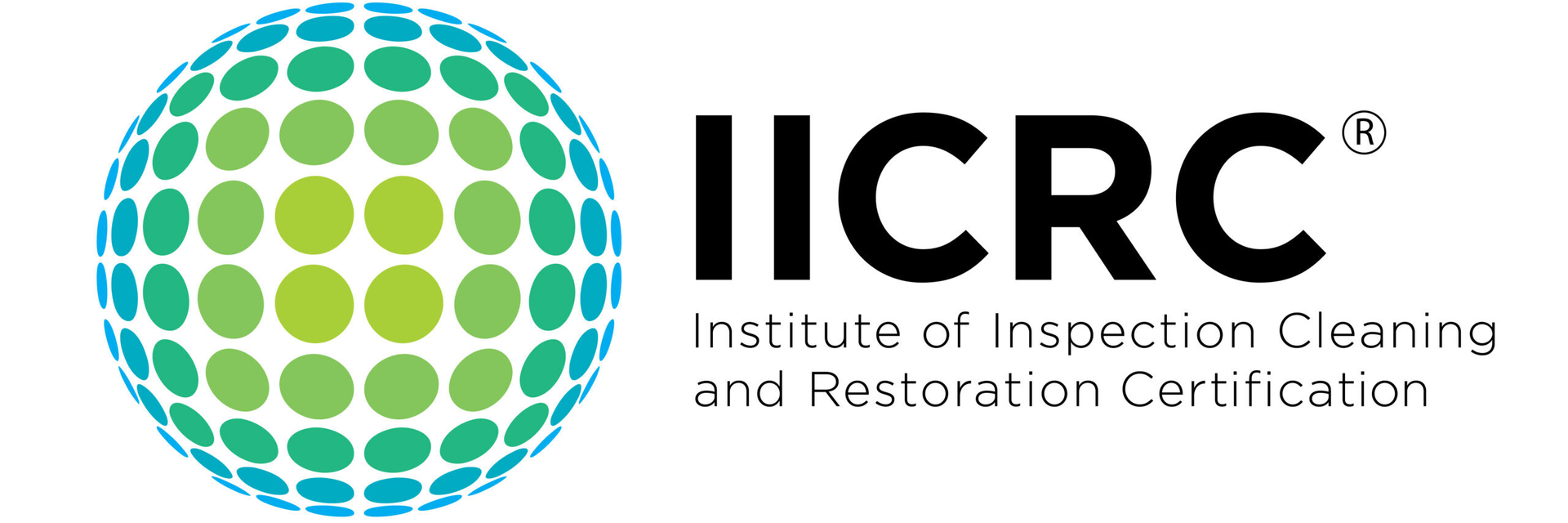
(5.0) Overall Rating
People & Property Matter
Types of Mold in Las Vegas Homes
Over 25 Years of Experience | Locally Owned | Free Estimates*
Over 25 Years of Experience
Locally Owned
Free Estimates
Residential & Commercial
Available 24/7
What is Mold?
Before we learn what types of mold there are, it is first essential to define what exactly mold is. The term “mold” describes more than 100,000 microscopic fungi growing on wet organic matter.
When excess moisture is present, mold problems can spread and increase rapidly. Mold spores are tiny bacteria less than 4 microns in size, so small that as many as 250,000 spores can fit into a pinhead, and a person can inhale as many as 750,000 of these spores per minute!
Growth requirements include oxygen and temperature (as commonly found indoors), an organic nutrient source (such as drywall backing, wallpaper, dust, and dirt), and a source of moisture.
Most spores are very buoyant and dispersed by air movement easily, while some spores may remain viable for several years. A single spore can form a new colony, releasing trillions of other spores within a few days.
Fast Facts:
A 1999 Mayo Clinic study cites molds as the cause of most chronic sinus infections inflicted by 37 million Americans yearly. Recent studies also link molds to the soaring asthma rate.
Molds have been an under-recognized health problem, but that is changing. Healthcare professionals now know that molds can cause allergies, trigger asthma attacks, and increase susceptibility to colds and flu.
Anyone with a genetic predisposition can become allergic if exposed repeatedly to high enough levels.
In 2000, Dr. David Sherris at the Mayo Clinic studied 210 patients with chronic sinus infections and found that most had allergic fungal sinusitis. The prevailing medical opinion has been that mold accounted for six to seven percent of all chronic sinusitis. The Mayo Clinic study found that it was 93 percent – the exact reverse. (Newsweek, 12/4/00)
There are over 100,000 known living species of fungus, some of which are beneficial to humanity. Mycologists estimate that there may be as many as 200,000 more unidentified species of fungus. Yeasts, molds, mildews, rusts, and mushrooms are types of fungus.
Neither mold nor spores cause illness themselves other than allergies or infections. The mycotoxins released when the molds’ food source (moisture) is severed can be dangerous and lethal.
To help comprehend how small mycotoxins are, one common housefly could carry about 7.35 billion attached to its external body hairs. If 50,000 spores constituted a lethal dose, then a housefly could have a deadly dose for over 147,000 individuals.
Outdoor spores are not a usual cause of toxicity except for allergies and infection, but when growing inside, molds produce toxins in much higher concentrations and can cause illness.
Indoor mold spores indicate mold growth, which means mycotoxin production. We can measure and identify spores, but it isn't easy to measure mycotoxins. Stachybotrys produces at least 170 known mycotoxins, and there are probably more that have not been placed.
What are these mold spores, and why are they so dangerous to our bodies? Mold spores are tiny bacteria less than 4 microns in size — so small that as many as 250,000 spores can fit on a pin head.
A person can inhale as many as 750,000 of these spores per minute!
The body has natural defense filtering systems (such as mucous lining, coughing, and sneezing) against dusty air, which helps remove some contaminants. Still, most contaminants overpower and pass through these defenses. Mold spores not only bypass defenses because of their number but also because they are so small.
Particles like mold spores move into, accumulate, and settle into the lower lungs. There they produce toxins. Remember that the lungs transfer oxygen to the bloodstream, most of which is in the lower lungs.
Now the lungs become a roadway for toxic materials to travel through the bloodstream with oxygen. The body’s reaction to the toxins permanently affects the lungs’ ability to transfer oxygen into the bloodstream.
The lung tissue becomes permanently scarred, and each exposure to mold spores increases the damage.
The body’s last defense against these tiny invaders is to develop an allergy-producing cold or pneumonia-like symptoms.
**WARNING** – DO NOT attempt to remove mold on your own; it could worsen the situation! Disturbing mold can cross-contaminate your home or business and can increase the risks to persons in the area!
Mold remediation and water damage restoration or mitigation may be covered by your home or business insurance policy. Contact a Mold Eliminators remediation expert today for complete details and a free consultation.



Share On: